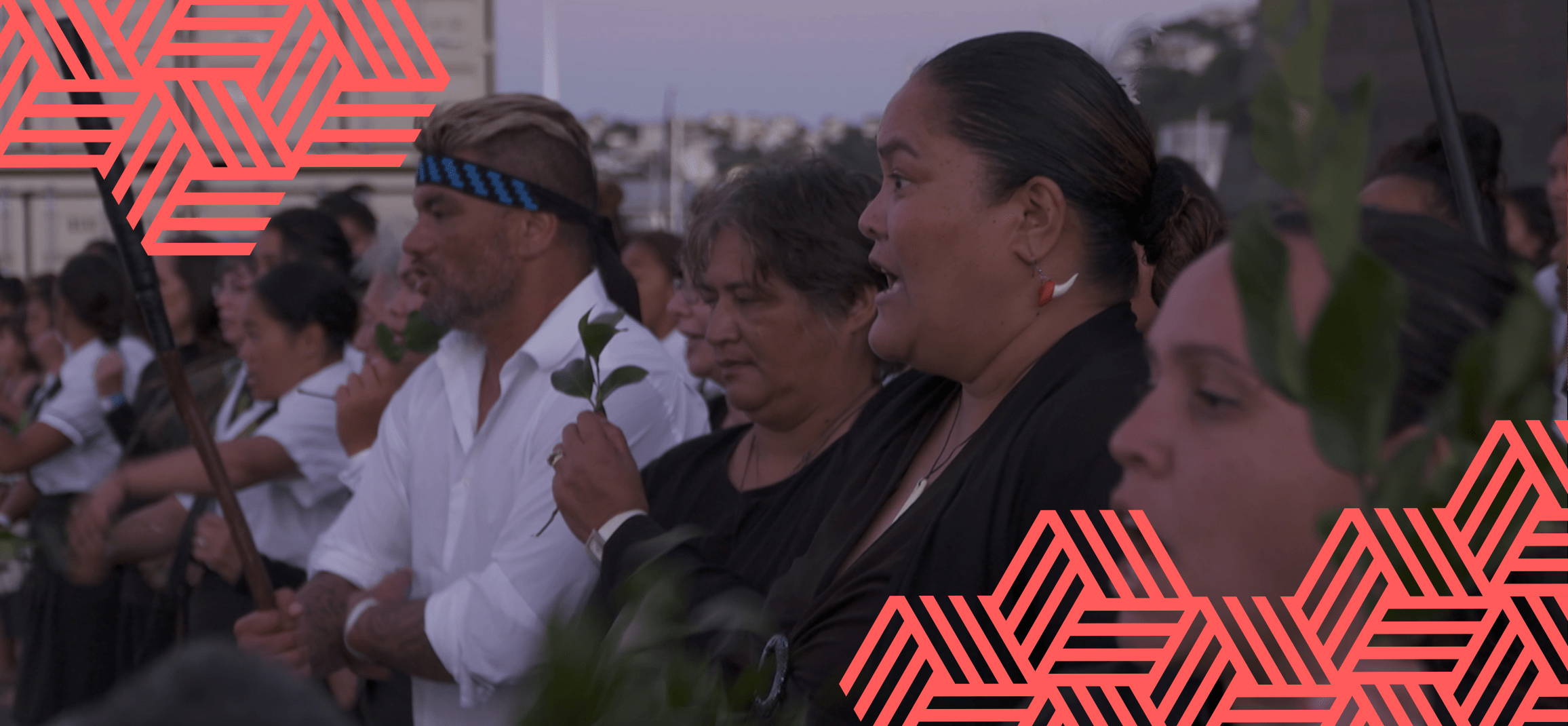This is a best practice guide to community arts projects in Aotearoa New Zealand: our Keteparaha Mō Ngā Toi Hapori (Community Arts Toolkit).
Community arts are created by, with, and for a community. The community is actively involved in creating, or learning how to create the art. Community arts projects are usually supported or led by artists who are skilled at working with communities.
What's in this toolkit?
In this toolkit you'll find videos of New Zealanders sharing their experiences and what they've learned. There are also tipsheets, tools and examples of successful projects and events to get you inspired.
A 'community' is defined by the people within it – where these people are, what they do, shared experiences, what they are interested in or how they identify themselves. A community may be based around a place, a cultural tradition, or commonly held interests or experiences.
Examples of a community:
- A small town.
- A school.
- A group of deaf people.
- A group of new immigrants.
- Hospital patients.
- An environmental group.
- Prisoners.
- A group of skateboarders.
- A group of people living with multiple sclerosis.
Creative New Zealand recognises three core strands of activity as community arts. These are outlined below.
Community Cultural Development
- Collaboration of arts practitioners with communities to achieve artistic and social outcomes
- Processes of collective creativity
- Community-based issues focused on through the arts (for example in relation to the environment or to issues of social equity)
Maintenance and Transmission of Cultural Traditions
- Māori and Pasifika Heritage Artforms
- Defined groups of interest (such as migrant communities) maintaining and preserving their distinctive artistic and cultural traditions from one generation to the next
Leisure and Recreation Activities
- Community-based arts groups devoted to the recreational pursuit of diverse artforms
Other definitions of community arts
Here are some other ways community arts are defined or described:




